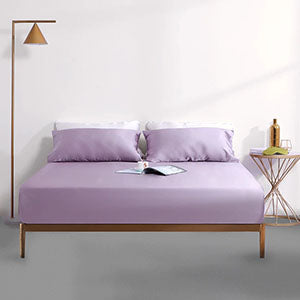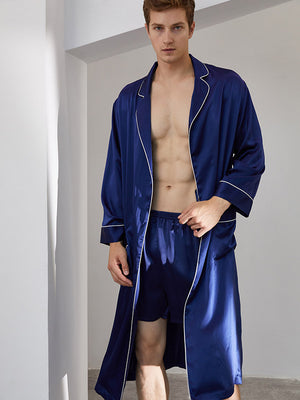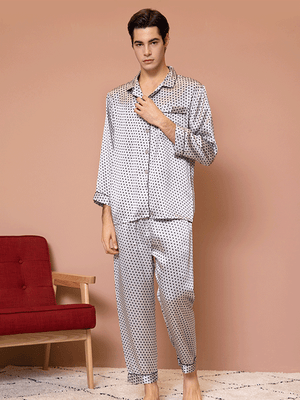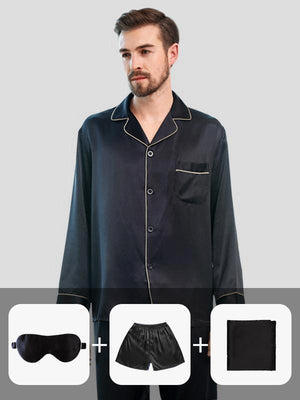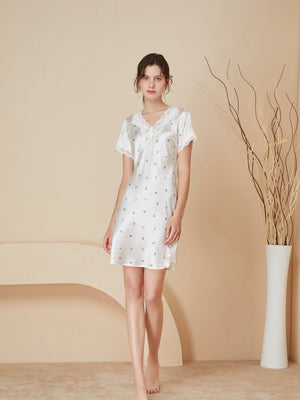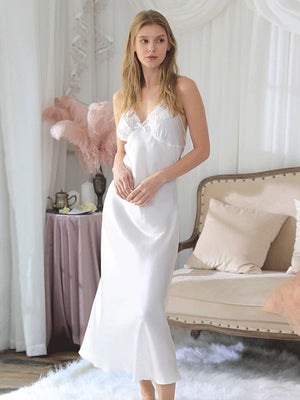Silk Scarf With Suit: The Ultimate Style Statement for Modern Professionals
- ved wangfred
-

Imagine stepping into a room where heads turn not because you’re loud, but because your style speaks volumes. A well-tailored suit is a classic, but add a silk scarf, and suddenly, you’re not just dressed—you’re curated. This combination isn’t just about fabric; it’s about storytelling, confidence, and redefining modern elegance.
The Timeless Allure of Silk Scarves
For centuries, silk has symbolized luxury and refinement. From ancient trade routes to royal wardrobes, its smooth texture and luminous sheen have made it a favorite among those who value understatement. When paired with a suit, a silk scarf introduces fluidity to structured lines, creating a balance between power and approachability.
Why Silk Works With Suits
Suits represent authority, but they can sometimes feel rigid. A silk scarf softens the silhouette without diminishing professionalism. The fabric’s lightweight nature allows for effortless draping, whether tucked into a blazer or knotted loosely around the neck. This contrast—crisp wool meets flowing silk—adds depth to an outfit, making it ideal for both boardrooms and cocktail hours.
Mastering Color and Pattern Pairings
The magic lies in harmonizing hues and designs. A navy suit pairs beautifully with a scarf featuring gold accents or muted earth tones, while charcoal gray comes alive with jewel tones like emerald or sapphire. For bold personalities, geometric patterns or floral motifs can inject personality without overwhelming the ensemble.
- Neutrals: Ivory, beige, or slate gray scarves offer subtle sophistication.
- Contrasts: A crimson scarf against a black suit creates a striking focal point.
- Pattern Mixing: Pair pinstripe suits with abstract designs for a modern twist.
Styling Techniques for Every Occasion
How you wear the scarf matters as much as its design. For formal settings, the European loop—a loose drape with ends tucked inside the jacket—exudes polish. Casual events allow for creativity: try an asymmetrical knot or let the scarf hang loosely over one shoulder. Women can experiment with tying it as a headband or wrist accessory for a playful touch.
Historical Context and Modern Revival
Silk scarves gained prominence in the 1920s as symbols of rebellion and artistry. Today, they’re reclaiming their status as unisex staples. Designers now prioritize versatility, creating scarves that transition seamlessly from office wear to evening attire. This resurgence aligns with a broader shift toward gender-fluid fashion, where accessories blur traditional boundaries.
Common Mistakes to Avoid
Over-accessorizing is a pitfall. If wearing a scarf, skip pocket squares or bold ties. Fabric weight also matters: overly thick silk can bunch awkwardly, while overly thin materials may lack structure. Lastly, ensure the scarf’s size complements your frame—petite individuals should opt for smaller dimensions to avoid drowning in fabric.
Care and Maintenance Tips
Silk demands gentle handling. Hand wash in cold water with mild detergent, and avoid wringing. Lay flat to dry, and iron on low heat while slightly damp. Store rolled, not folded, to prevent creases. With proper care, a quality scarf becomes a lifelong companion, aging gracefully alongside your wardrobe.
The Future of Silk Scarves in Professional Fashion
As workplaces embrace individuality, the silk scarf is poised to become a cornerstone of business attire. Innovations like reversible designs and sustainable dyeing methods are making them more accessible and eco-friendly. The message is clear: professionalism no longer requires sacrificing personal style.
So, the next time you reach for a suit, ask yourself—does this look complete? A silk scarf isn’t just an accessory; it’s the finishing stroke that transforms clothing into a statement. Whether you’re closing a deal or enjoying a sunset soirée, let this duo be your signature. After all, true style isn’t about following trends—it’s about setting them.

